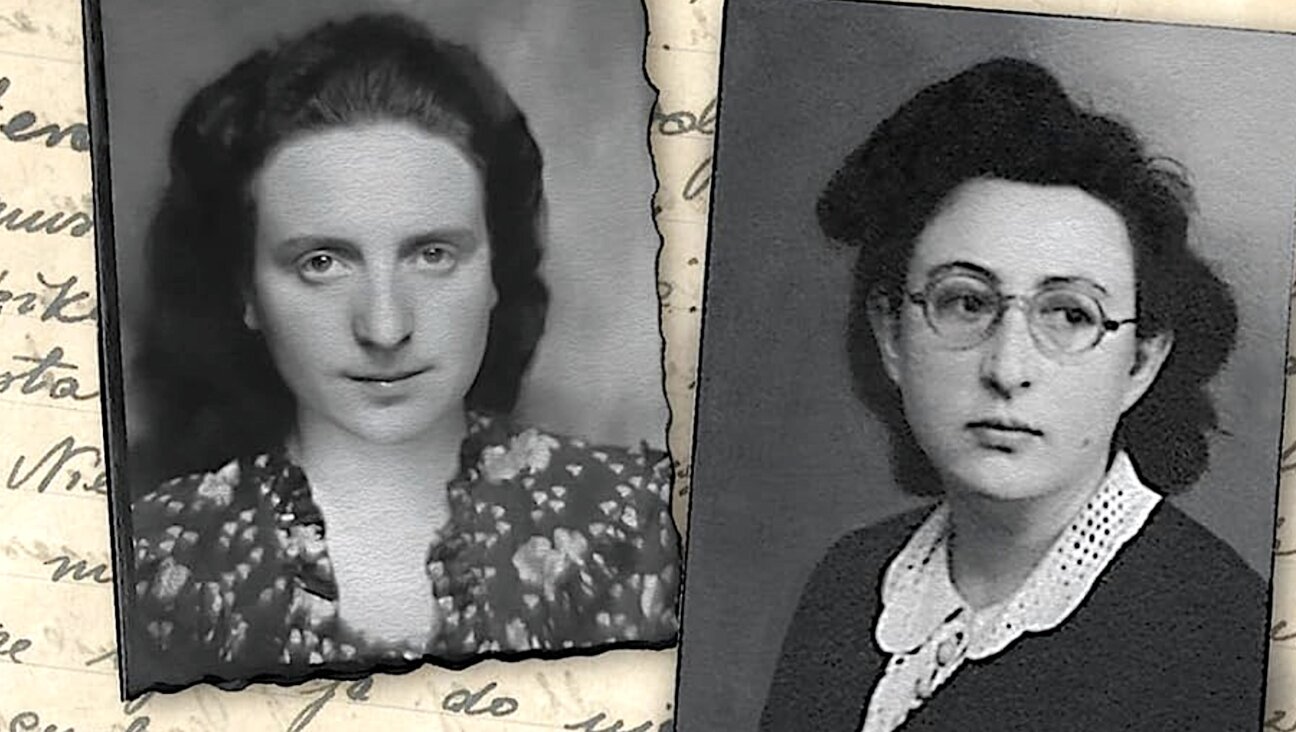Pioneers in the Black Hills
It’s doubtful that Calamity Jane loved Wild Bill Hickock as much as local lore alleges, but there’s no disputing that the tomboy gunslinger bought groceries from Jacob Goldberg on Main Street.
The proof is neatly written in an 1895 ledger from “J. Goldberg, Dealer in Groceries, Provisions and Produce,” on display downtown at the Adams Museum.
And chances are that Jane bought boots from Sol Bloom, flour from the Wertheimers, tobacco from Nathan Colman, a chamber pot from Sol Star and whiskey from Harris Franklin (formerly Finkelstein).
Pioneering Jewish entrepreneurs were integral to creating, civilizing and sustaining this isolated gold rush boomtown beginning in 1876, when the first Jewish-owned business was established. “On Main Street, there are 78 buildings,” said Mary Kopco, Adams Museum’s director, who counted them. “Twenty of those were built or had businesses that were owned by the Jewish community.”
The proof is printed on a historical marker at the corner of Main and Wall Streets that lists the Jewish businesses.
Deadwood Jews numbered around 200 in the late 1800s, according to Ann Stanton of nearby Rapid City, the volunteer historian of the Black Hills’ Jewry. Stanton discovered much of the information that appears in this article. Those Jews had no synagogue, but gathered on holidays for worship led by learned locals, one of whom, for many years was Colman. They chanted from a Torah brought from Germany.
The Torah now belongs to Rapid City’s Synagogue of the Hills; no Jews are known to live in Deadwood today.
To sample Deadwood’s Jewish flavor, first visit the Adams Museum, an elegant 1930 Greek revival building made of orange-tinged brick. In 1999, the museum mounted an exhibit on local Jewry, and it still displays artifacts of the tribe throughout its two floors.
Snapshots show well-dressed businessmen, including Jacobs and Colman, as well as an enlarged photo of Goldberg, in suit and tie, posing beside his store’s service counters.
Star, who co-owned Star & Bullock Hardware, Queensware and Tin Ware with early Deadwood sheriff Seth Bullock, is featured in several images. The museum also displays Star’s five-pointed silver mayoral badge.
“We call him Saint Sol,” Kopco sighed. “He was a wonderful man, very well liked. He was a bachelor. The newspaper was always reporting on ‘Was Sol getting married?’ when he went on a trip.”
Star had been in business with Bullock in Montana. “They set up a hardware store when they came [to Deadwood] in 1876,” Kopco added. “One of the things he did was set up the Deadwood Flouring Mill, and he was general manager. Part of his mitzvah, as you’d call it, was for that as long as he had the mill, nobody in Deadwood would starve.”
Star is also the only Jew portrayed on the HBO dramatic series “Deadwood.”
The museum offers great insight into the town’s early Jewish community, but it’s only the beginning. To add to the picture, mosey along nearby Main Street, four cobble-stoned blocks lined, Wild West-style, with flat-roofed two-story buildings. Tune out the ubiquitous casinos behind the storefronts, and Deadwood’s Jewish past emerges.
The massive Bullock Hotel was built on the site of the Star-Bullock store following an 1894 fire.
The red brick Telephone Co. Building is where British Jewish immigrant Paul Rewman opened Deadwood’s first phone service, in 1878.
Goldberg’s casino stands where Calamity Jane shopped.
And that’s not the half of it.
Main Street’s focal point is the dignified Franklin Hotel, named for Harris Franklin, who was its major investor. The 1903 hostelry retains its old charm, at least on the three floors above the lobby, where a casino operates. A century ago, the now slot-machine-filled dining room hosted communal Passover Seders.
A wide wooden staircase leads upstairs to tall hallways accented with antique mirrors and large stuffed chairs. The 81 guestrooms are contemporary with period decor: lace curtains, carved wooden headboards, patterned wooden doors, transoms over the bathroom doors and radiator heat.
Many of the rooms are named for famous guests, including Teddy Roosevelt, Babe Ruth, Cecil B. DeMille and longtime resident Blanche Colman. The daughter of Nathan Colman, Blanche Colman became one of the first female lawyers in South Dakota. She was skilled in mining law and wrote about Deadwood Jewish history.
Blanche and some 60 other Deadwood Jews are buried on Hebrew Hill, as the Jewish section of Mount Moriah Cemetery is known. A path called Old Jerusalem Road provides a steep climb to the graves.
Families are buried in clusters marked by unadorned granite headstones — the Colmans near the front, which seems appropriate, since they were facilitators and presumably welcomers of the Jewish community, and the Franklins at the highest point, apt for that influential clan.
At the base of the hill, Calamity Jane lies beside Hickock, supposedly at her request. Their platonic relationship, however, was greatly exaggerated, Stanton and Kopco said, by tourist-craving local businessmen who, as early as a century ago, were hyping Deadwood’s Wild West roots. Not surprisingly, that group included Franklin, Goldberg and Star, who were always in the middle of things in this town.
Andrew Muchin of Milwaukee is a freelance writer specializing in the history, music and communities of the Jewish people.




















